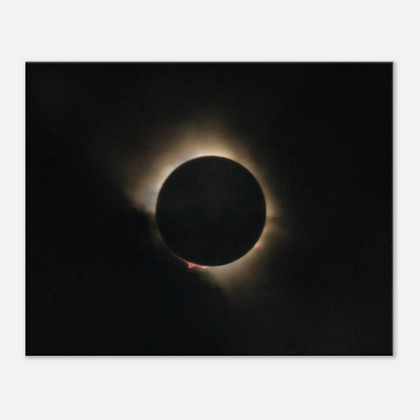
Astrophotography, to me, is like time travel.
The objects we see are so incredibly far away that it takes years for the light to reach Earth. When you look at a star at night, you’re seeing what that star was doing on a given time in history. The star you’re looking at tonight is what that star looked like hundreds or even thousands of years ago. You are being transported back in time to that day in the history of that star.
For perspective, it takes about 1.3 seconds for light to travel from the moon to the earth. Light takes about 8 minutes from the sun to earth. Light from Polaris, on the other hand, takes about 434 years to reach Earth. Every time you look at the north star, you are seeing what happened 434 years ago.
Another example, in the constellation Orion there are three stars that form Orion’s Sword. The middle of the three stars is where you can locate the Orion nebula. If you look through a telescope at the nebula, you are seeing it 1,344 years ago. If you turn your gaze to a location near the constellation Cassiopeia, you can find the Andromeda galaxy and take a trip through time back 2.5 million years.
Let’s think about that for a minute. If you lived in the Andromeda galaxy and you could see Earth through a telescope, it would look nothing like it does right now. You would be seeing Earth during the Paleolithic Era. The Earth you would be seeing was still home to mastodons and saber-toothed cats. Some of the stars we view may have already died, but they will continue to live on in our sky until the end of the light trail finally makes it to us.







